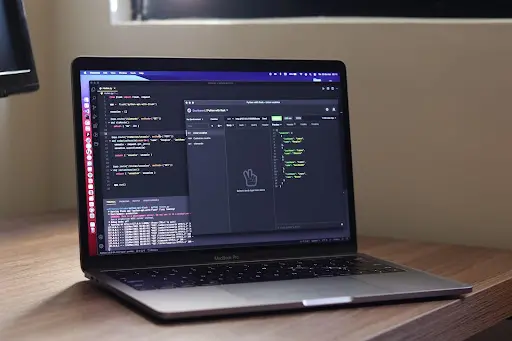
In the dynamic and interconnected realm of today’s digital landscape, websites have evolved beyond mere digital brochures. They have become comprehensive platforms offering a plethora of information and services to a global audience. One innovative way to augment the functionality and user experience of a website is through the integration of a currency converter API.
This tool enables users to effortlessly convert one currency to another in real time, offering a seamless and practical feature for websites that cater to a diverse international audience.
Understanding the Currency Converter API
To understand to role of the currency converter API, let’s first explore the concept of an API (Application Programming Interface).
An API serves as a conduit, facilitating the interaction between different software applications. In the context of currency conversion, this API bridges your website with the data source, ensuring real-time access to current exchange rates.
And given the projected global eCommerce revenue of $8.1 trillion by 2026 and the significant number of online shoppers (2.4 billion globally), the necessity of a currency converter API becomes evident to cater to a diverse international audience and potentially improve conversion rates in a highly competitive market.
Choosing the Right Currency Converter API
The initial step in integrating this functionality is to carefully select a suitable currency converter API. With a plethora of choices available in the digital market, it’s important to pick one that matches your website’s unique requirements. Key aspects to weigh in your decision are the API’s dependability, the precision of its exchange rates, and the simplicity of integrating it into your website.
You can choose a free currency converter API that offers extensive functionality and generous usage limits. Don’t forget to conduct thorough research, considering user reviews and testimonials, to ascertain the best fit for your project.
Securing API Access
Upon selecting your preferred API, the next step involves registering for access. Many providers offer a complimentary tier, ideal for small-scale websites or trial purposes. For larger, high-traffic websites, a subscription to a more comprehensive plan might be necessary to accommodate the increased demand.
Navigating API Documentation
API documentation is essentially a detailed manual for developers, covering extensive instructions on using the API and the range of data it provides.
Fully comprehending this documentation is critical for a seamless integration process. It makes the integration process more efficient and ensures that developers can fully exploit the API’s range of features and functionalities.
Implementing the API
With the groundwork laid, the focus shifts to the technical implementation. Embedding real-time exchange rate functionality into your website necessitates coding.
Here’s the framework:
// Replace ‘YOUR_API_KEY’ with your API key
const apiKey = ‘YOUR_API_KEY’;
const apiUrl = `https://api.example.com/convert?api_key=${apiKey}`;
// Fetch exchange rates from the API
fetch(apiUrl)
.then(response => response.json())
.then(data => {
// Display the exchange rate on your website
const exchangeRate = data.exchangeRate;
document.getElementById(‘exchange-rate’).innerText = exchangeRate;
})
.catch(error => {
console.error(‘Error fetching data:’, error);
});
Replace ‘YOUR_API_KEY’ with your unique API key and modify the code as per your website’s design and functionality.
Testing and Refinement
The process of integrating the code for a currency converter API into your website marks just the beginning of a journey toward enhanced functionality. Post-integration, the focus must shift towards meticulous testing and refinement.
This stage is critical in ensuring the accurate and efficient display of real-time exchange rates. You need to conduct a series of tests under different scenarios and use cases to verify that the exchange rates update accurately, and seamlessly integrate with the overall design and user interface of your site.
In the event of any inconsistencies or bugs, it’s essential to refer back to the API’s comprehensive documentation. This documentation often contains troubleshooting guides and FAQs that can provide valuable insights. Additionally, don’t hesitate to reach out to the API provider’s support team, who can offer expert advice and assistance. Addressing these issues promptly ensures a reliable and efficient currency conversion feature on your website.
Conclusion
Incorporating a currency converter API into your website transcends mere technical improvements; it signifies a deliberate, forward-thinking enhancement that aligns with the ever-evolving trends in web development. This integration melds functional necessity with technological advancements, markedly elevating your website’s capabilities. It simplifies interactions for users across the globe, showcasing your dedication to meeting the changing requirements of your audience.
The process of integrating this feature, while technical, is made user-friendly through comprehensive, easy-to-understand documentation and readily available support services. These resources ensure that the upgrade is approachable for a broad spectrum of users, even those with minimal technical expertise. Adopting such sophisticated features positions your website at the cutting edge of digital innovation and maintains its relevance and value to your audience in an increasingly interconnected world. In today’s digital era, such proactive enhancements are crucial in enhancing your website’s effectiveness and appeal.
1611 Views












